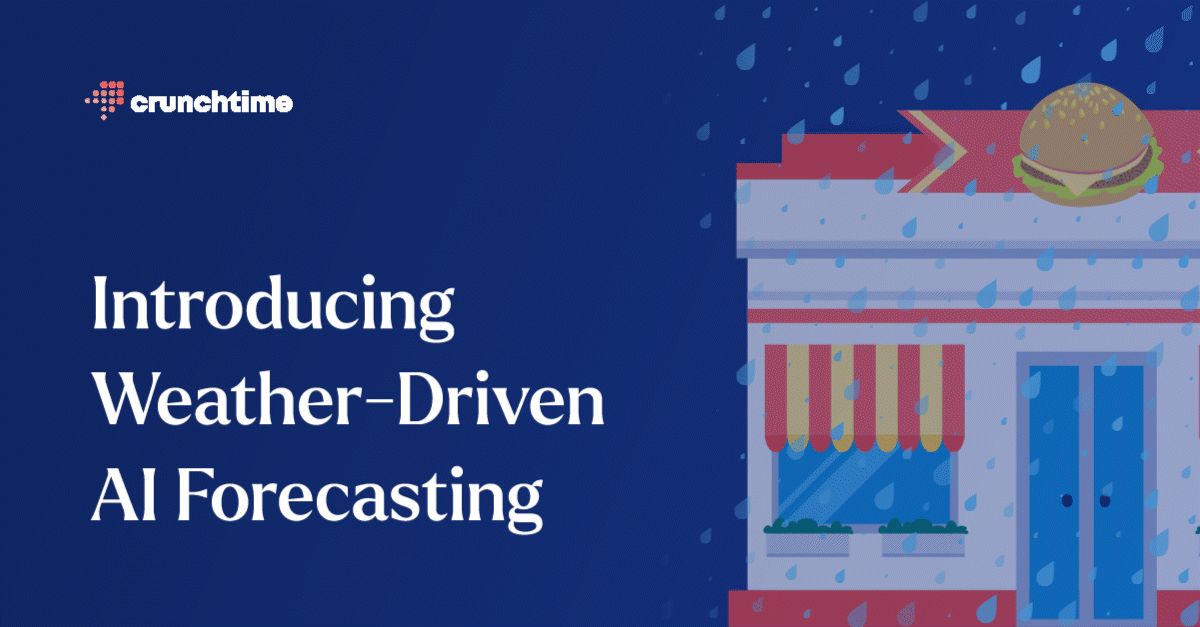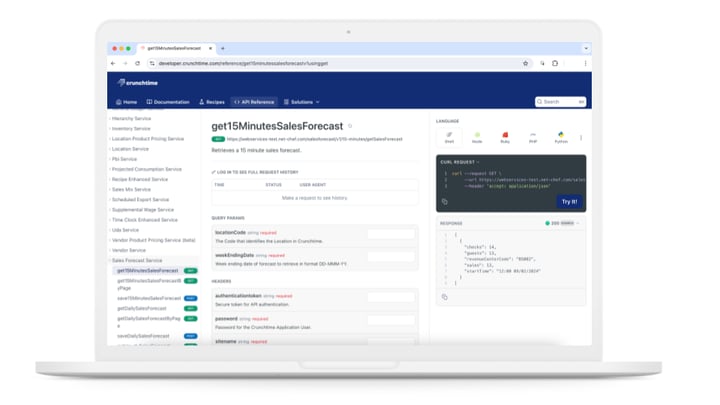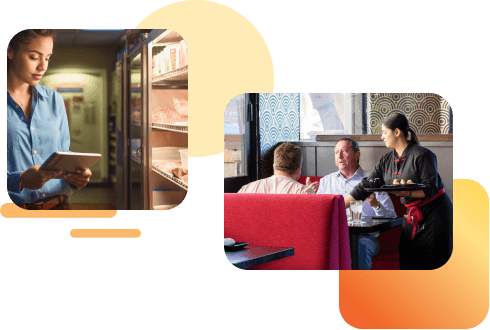
- Home
- Crunchtime Blog
- Ignoring the Weather Could Cost You: The Importance of Weather in Restaurant Forecasting

Ignoring the Weather Could Cost You: The Importance of Weather in Restaurant Forecasting
Learn how to factor weather into your restaurant's forecasting strategy for a competitive edge
Even for the most skilled restaurant operators, forecasting is no easy task. On any given Friday night, there are seemingly endless factors that can influence how many guests walk through the door and how many orders are placed. But one element that’s always been tough for restaurant operators to factor in? The weather.
A study by Ohio State University found that weather not only impacts the number of customers, but also influences how much they enjoy their experience at your restaurant—regardless of whether they’re dining on the patio.
A rainy day can send customers running for cover, or skipping dinner out altogether. These weather shifts can easily throw off your well-laid plans, leading to wasted food, lost sales, and an overstaffed shift. While Mother Nature will always maintain an element of surprise, restaurant operators don’t have to sit idly and wait.
How to maximize your restaurant’s profits, rain or shine
Weather is one of the most influential, yet often underutilized factors in restaurant forecasting. Ignoring its impact could mean missed opportunities or unnecessary costs, while embracing it could lead to improved profitability, a better customer experience, and smoother operations.
1. Adjust your forecast using weather data
While the weather forecast is never certain, it can still provide a helpful look into future conditions. Depending on how your restaurant currently forecasts for demand, you may have to do this manually, scaling the forecast up or down based on guesswork. Alternatively, you can opt for a forecasting solution that automates this process for you.
Crunchtime now offers weather-driven AI forecasting to help you better plan for fluctuations in demand. Our machine learning algorithm does the hard work for you by analyzing the upcoming weather forecast, along with hundreds of days of historical data to create the most accurate prediction of your future sales. This process eliminates guesswork and makes your forecasts more predictable and reliable, even when dealing with the nature of weather.
2. Adjust your food orders as needed
On slow days when weather conditions are less favorable, avoid over-ordering food products that spoil quickly. For example, if a storm is predicted, you likely have fewer customers coming in, and you’ll need to adjust your food orders accordingly to avoid waste. While some items can keep for many days, or even weeks, pay close attention to foods like seafood, vegetables, and dairy that can spoil quickly. Make sure your team members have the flexibility to scale back vendor orders based on weather forecasts, ensuring that you only stock what you need.
Fortunately for restaurant teams today, modern inventory platforms have made this process even simpler. Smart recommendations can tell your teams exactly how much food to order based on your forecast. And if your forecasting solution is automatically factoring in weather, you never have to do any complicated manual calculations about how much a rainy day will slow traffic and impact your sales.
3. Be prepared to send home staff early
In addition to adjusting your food orders, it’s important to consider staffing levels when the weather disrupts business.
For example:
- On a rainy day, when fewer people are likely to dine out, you may want to reduce the number of servers or kitchen staff, saving on labor costs.
- On a sunny day, when people are flocking to outdoor dining areas, you’ll want to ensure you have enough staff to handle the influx of customers and provide quick service.
- For special weather events like snowstorms, hurricanes, or heatwaves, knowing how to prepare and adjust your staffing can mean the difference between a profitable day and a financial loss.
On a slow day, you may also need to send staff home early to reduce labor costs, but labor laws can vary depending on your location. It's crucial to know what flexibility you have when it comes to adjusting scheduled shifts. If your restaurant operates in an area where labor laws allow flexibility, sending staff home early can help minimize unnecessary labor costs. With accurate weather-driven forecasting, you'll have enough lead time to make staffing decisions in advance, ensuring you’re not overstaffed on slow days.
The bottom line
Overlooking the weather in your restaurant’s forecasting strategy can easily be the difference between having just the right amount of food on hand and throwing away boxes of produce at the end of the night. By incorporating weather-driven forecasting into your approach, you can optimize inventory, reduce waste, and create a more efficient, cost-effective operation. The weather might be unpredictable, but with the right tools, your forecasting doesn’t have to be.
Ready to learn more?
Find out how improved forecasting can transform your restaurant operation.
Share this post
Related


Easily Sync Your Restaurant's Forecast Data Across Systems with New API



